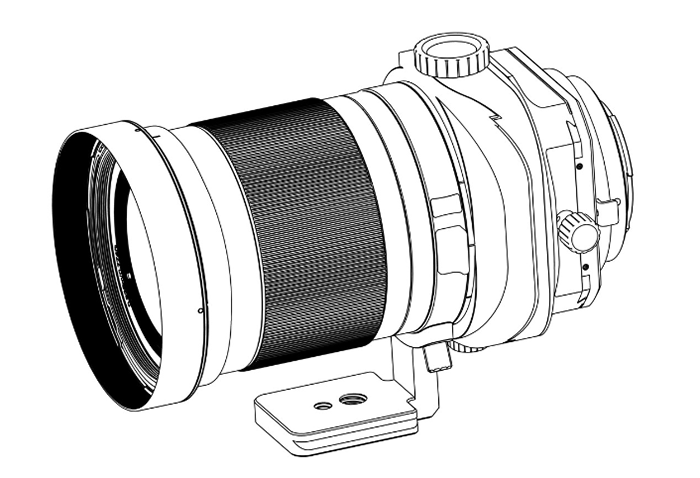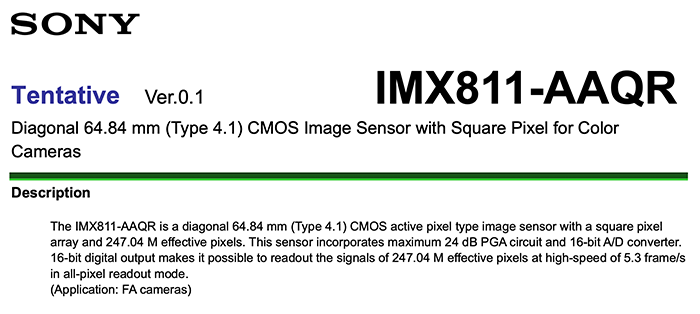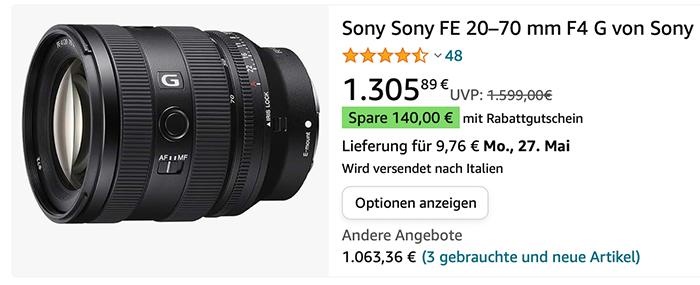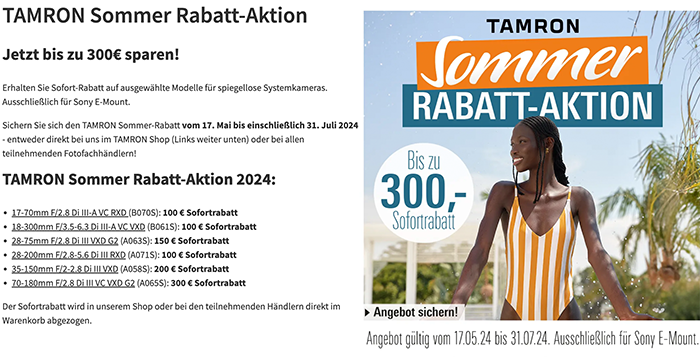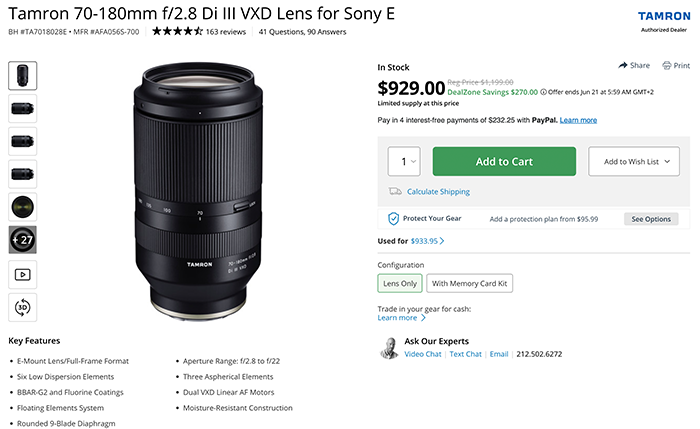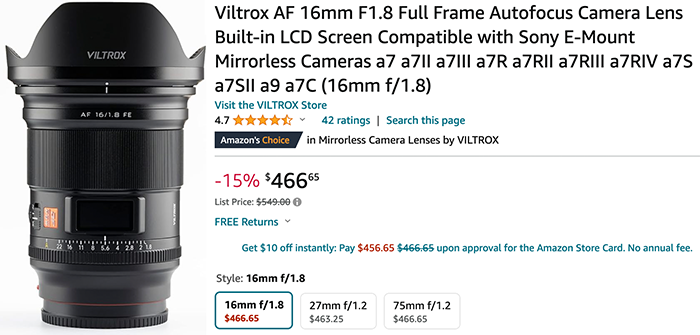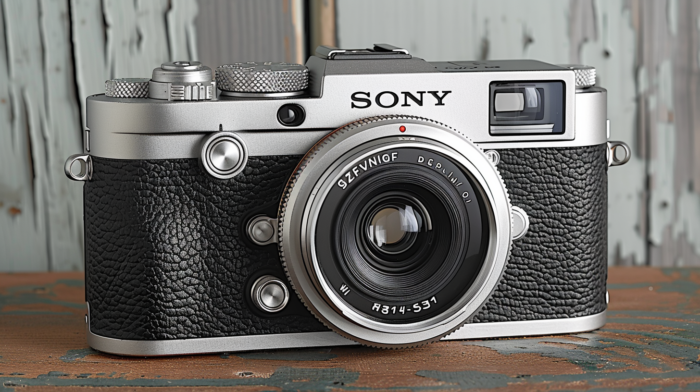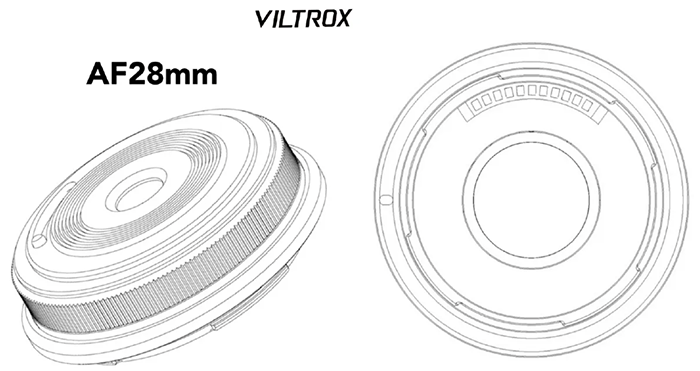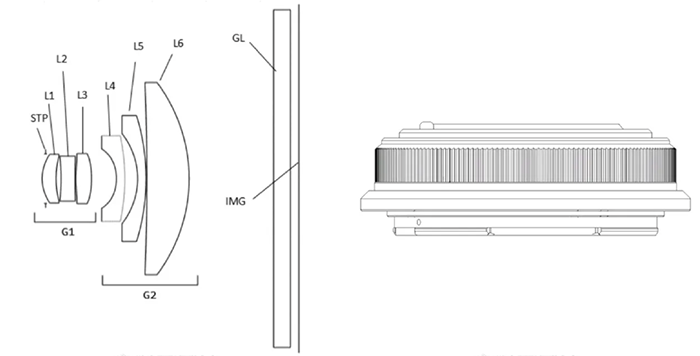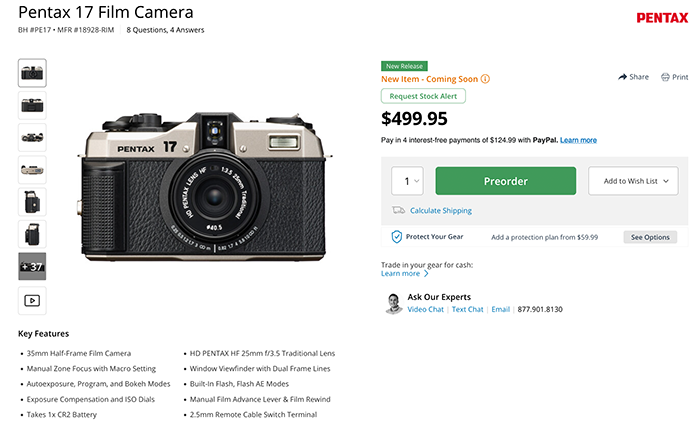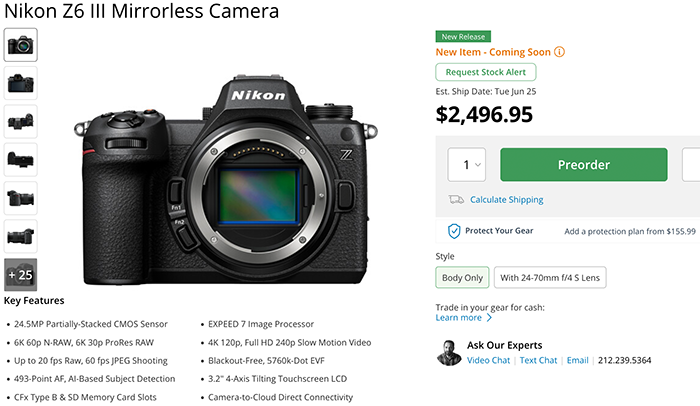For EU readers: coupon rebates at Amazon DE/UK/FR/IT
There are new coupon rebates on Sony lenses at Amazon Germany (Click here), Amazon UK (on this page), Amazon Italy (on this page), Amazon France (on this page).
Coupon rebates at Amazon Germany:
- 140 Euro coupon rebate on the Sony 24-105mm G
- 100 Euro coupon discount on the Sony 40mm f/2.5 pancake lens
- 100 Euro coupon discount on the Sony 24mm f/2.8 pancake lens
- 50 Euro coupon discount on the Sony 11mm f/1.8 APS-C lens
- 70 Euro coupon discount on the Sony 24mm f/1.4 GM
- 80 Euro coupon discount on the Sony 200-600mm G
- 85 Euro coupon discount on the Sony 135mm f/1.8 GM
- 140 Euro coupon discount on the Sony 70-200mm GM
- 70 Euro coupon discount on the Sony 16-35mm GM
- 75 Euro coupon discount on the Sony 35mm f/1.4 GM
You save up to 300€ on Tamron lenses at Amazon Europe, FotoErhardt, FotoKoch, Calumet, WexUk.
